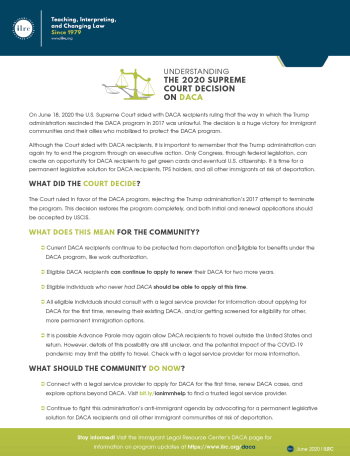
On June 18, 2020 the U.S. Supreme Court sided with DACA recipients ruling that the way in which the Trump administration rescinded the DACA program in 2017 was unlawful. The decision is a huge victory for immigrant communities and their allies who mobilized to protect the DACA program.
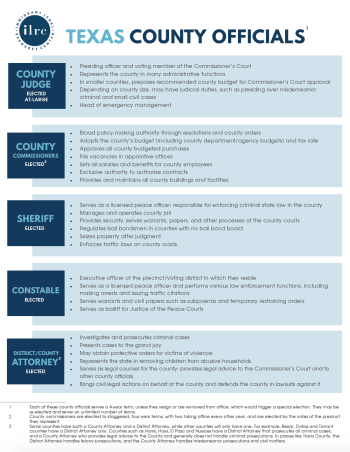
Before pushing for change at the county level, it is crucial to understand the powers and responsibilities of different county officials and bodies. This resource is for Texas advocates and explains the authority and jurisdiction of various local elected county officials in Texas.
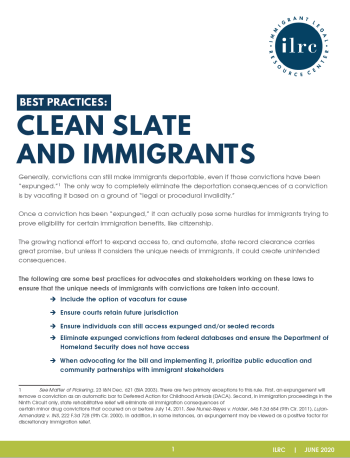
This resource outlines some best practices for advocates and stakeholders working to expand access to, and automate, state record clearance.
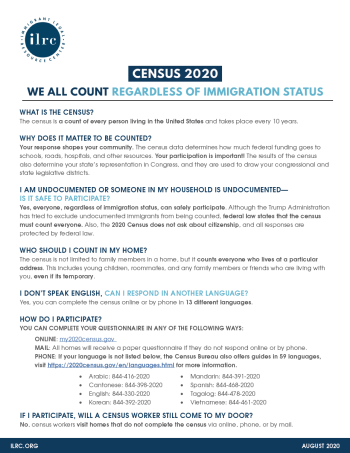
These printable resources are practical information and easy steps for the immigrant community to follow when completing the 2020 Census. They are in English and Spanish and include the various ways the census can be submitted.
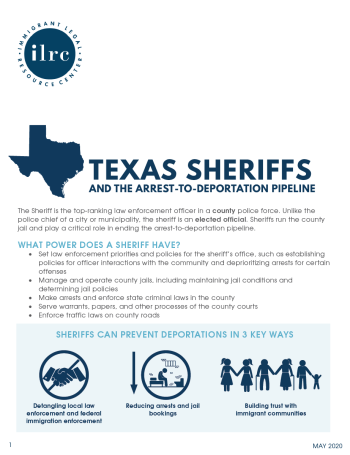
As a local elected law enforcement official and operator of county jails, Sheriffs play a critical role in ending the arrest-to-deportation pipeline. This advisory for advocates in Texas explains the power of county sheriffs, and measures they can take to reduce the number of people being funneled into the deportation pipeline, without violating state laws like SB 4.
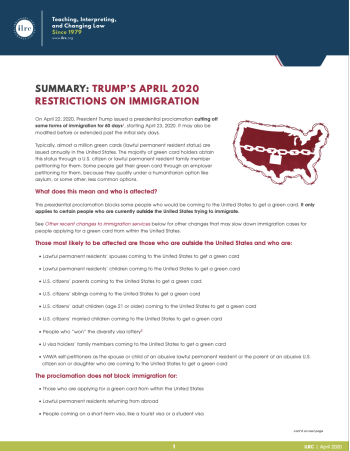
On April 22, 2020, President Trump issued a presidential proclamation cutting off some forms of immigration for 60 days, beginning on April 23, 2020. On June 22, 2020, the president extended this proclamation through December 31, 2020 and added restrictions to other immigrants seeking certain temporary visas. This brief guide addresses what this means, who it will most likely impact, and what it may mean in broader immigration terms.
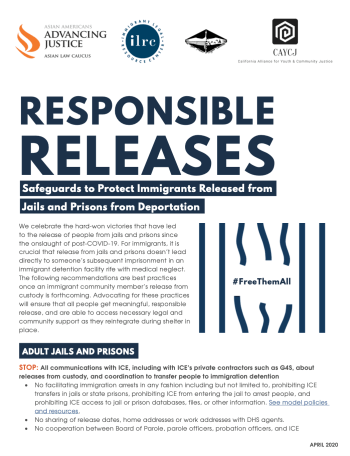
As more and more jurisdictions are contemplating releasing people from jails and prisons, it is critical that we consider ways to ensure that people released are not immediately transferred to the harmful deportation system. ILRC, together with our allies, Asian Prisoners Support Committee, Asian Americans Advancing Justice – Asian Law Caucus, and California Alliance for Youth and Criminal Justice, put together this list of recommendations that advocates can use to demand responsible releases.

These printable resources are concise handouts that serve as reminders for those in the immigrant community that are anxious about accessing healthcare or getting treatment related to the coronavirus (Covid-19) due to the potential impact on their Public Charge assessment. They are in English and in Spanish and include links to know your rights and locate legal service providers in your area.
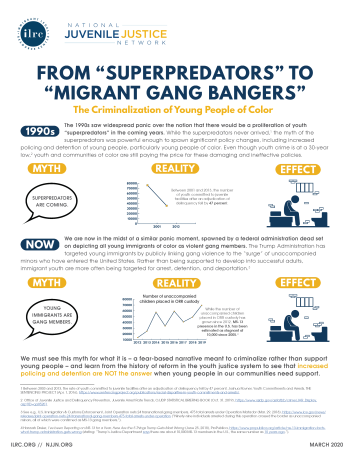
This one-page resource from the ILRC and the National Juvenile Justice Network illustrates the connections between the criminalization of young people of color in the youth justice system and the current criminalization of young immigrants of color.
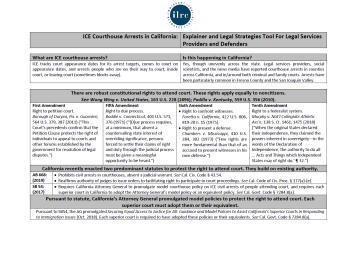
In response to recent ICE enforcement practices, noncitizens who need to attend state and local courts in California may express fear of civil arrest if they attend court. This two-page tool, written for defenders and legal services providers, presents California-specific strategies for representing and advising noncitizens who may require additional procedural protections for their right to attend court. It includes discussion of recent California laws and how they affect daily court practice, as well as recommendations for documenting unlawful civil arrests and for empowering communities to exercise their rights if confronted by ICE.